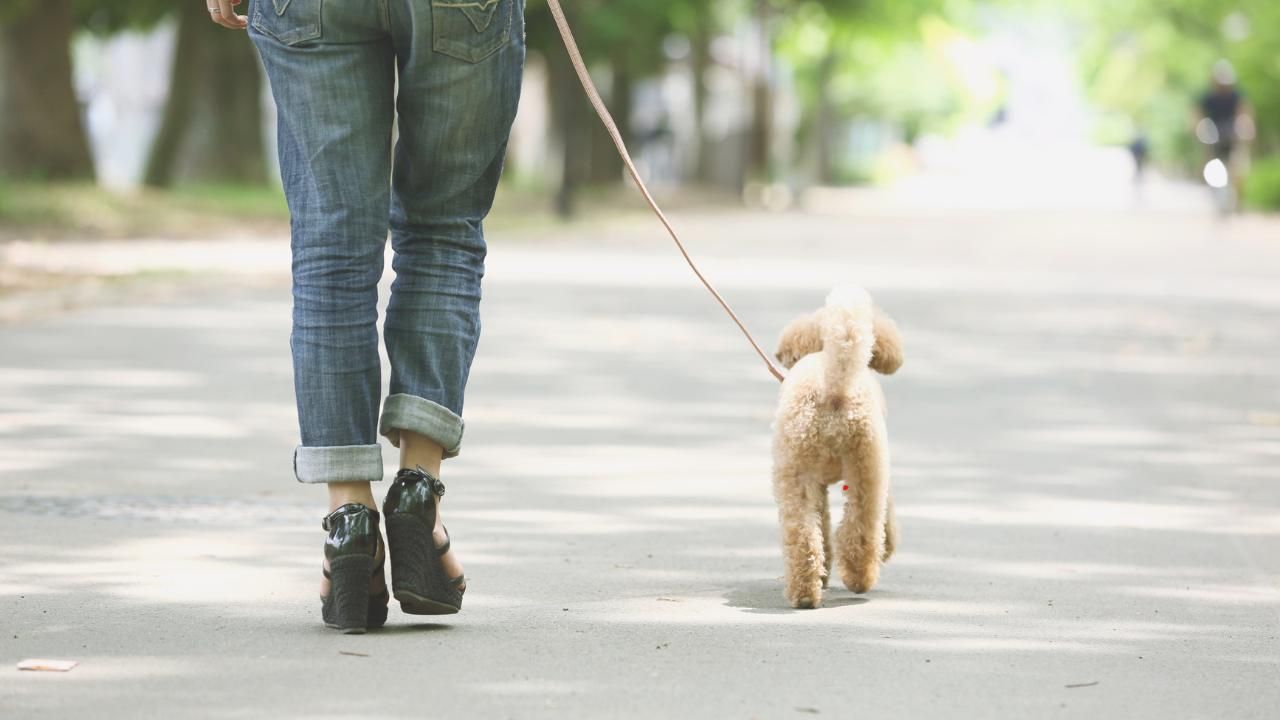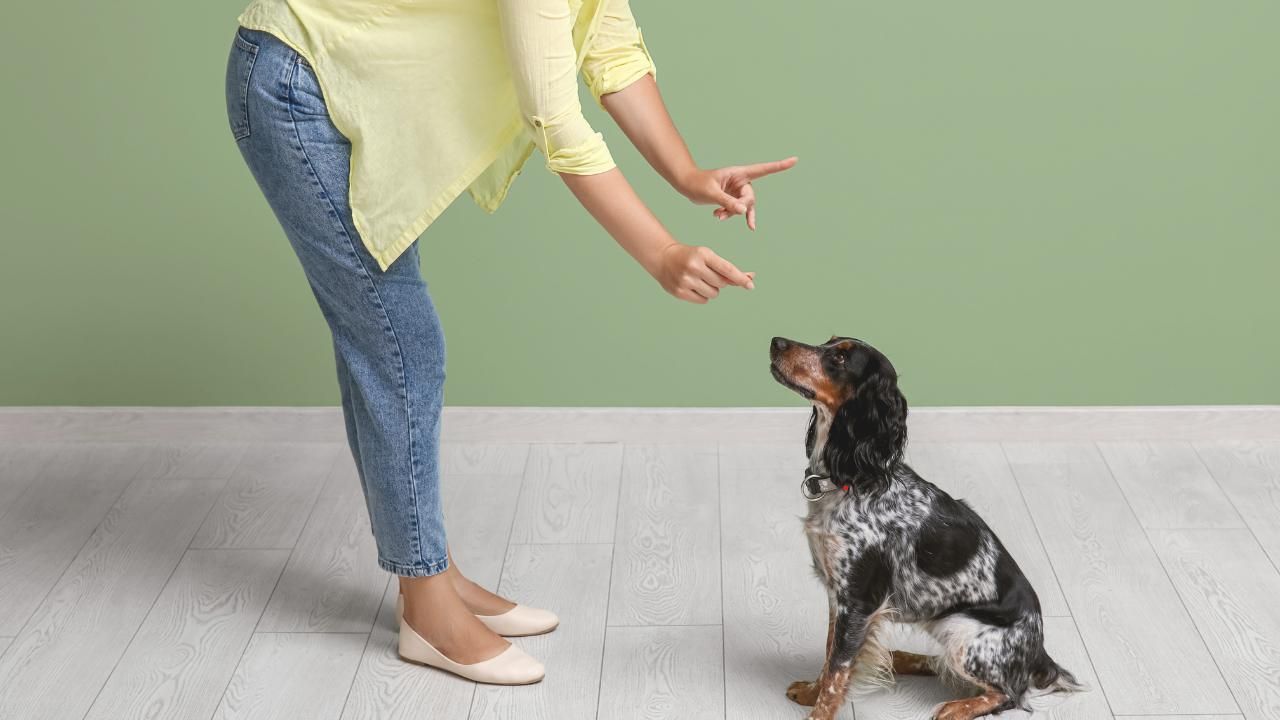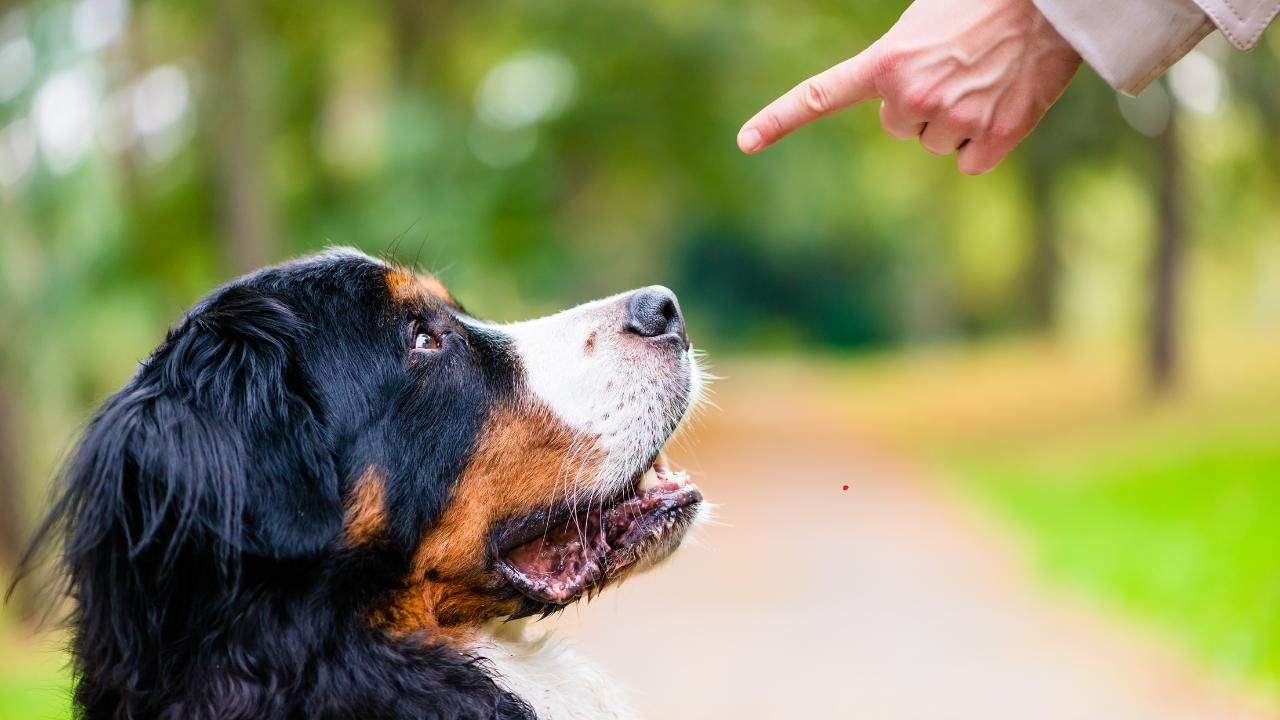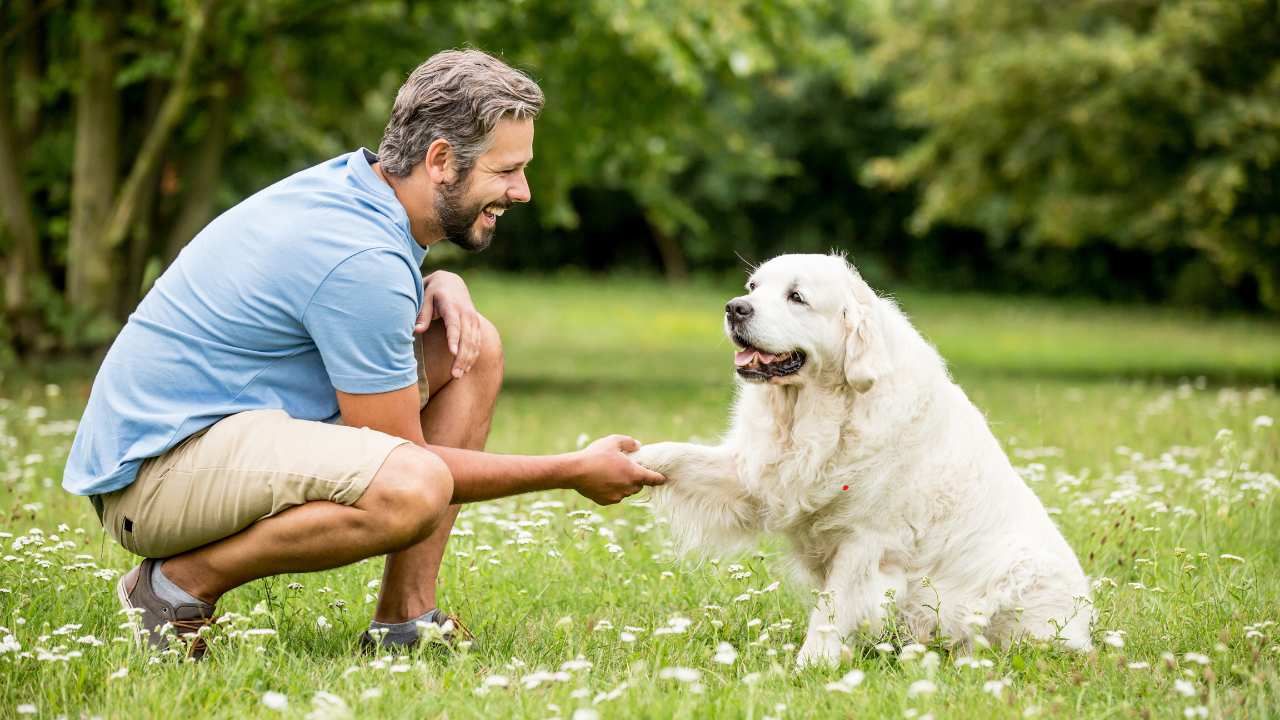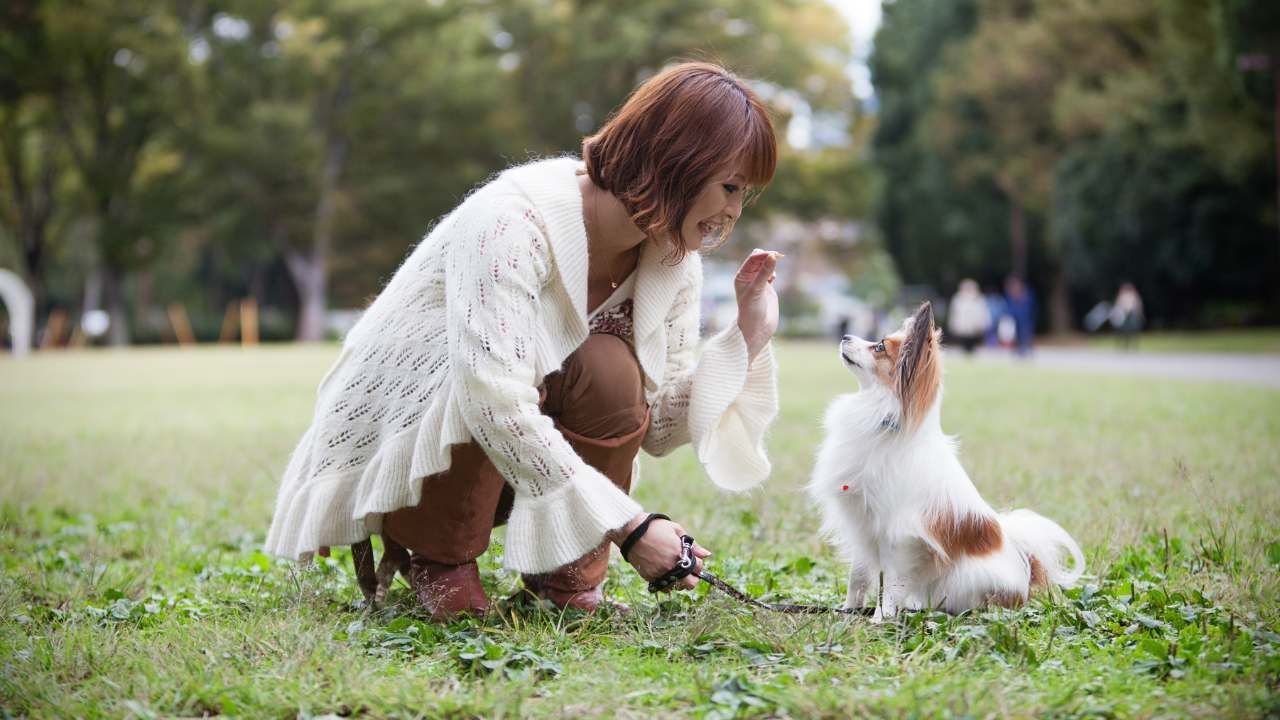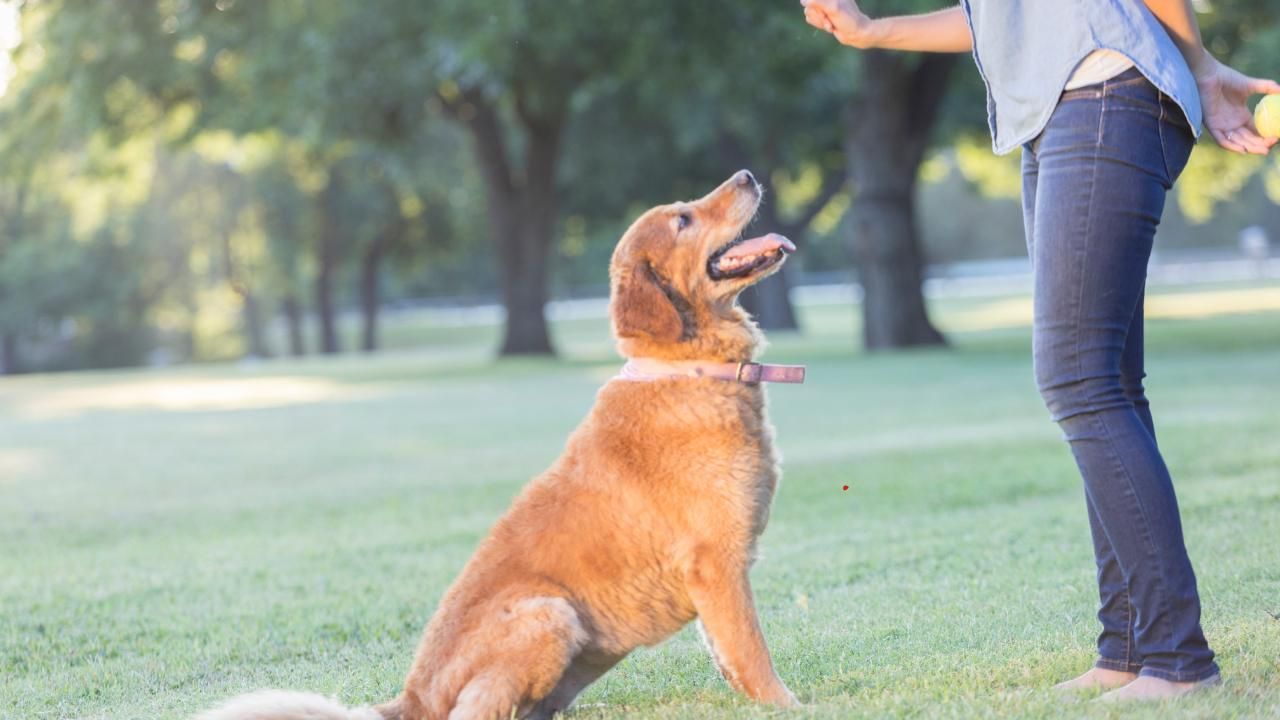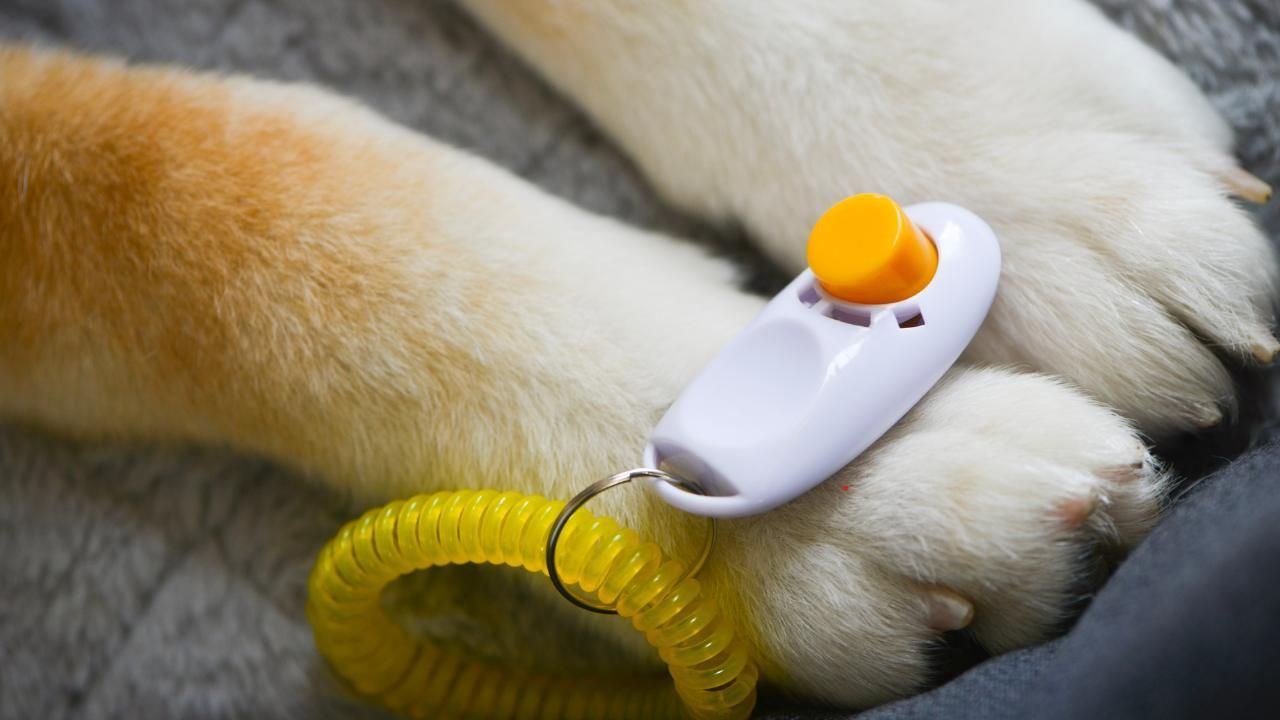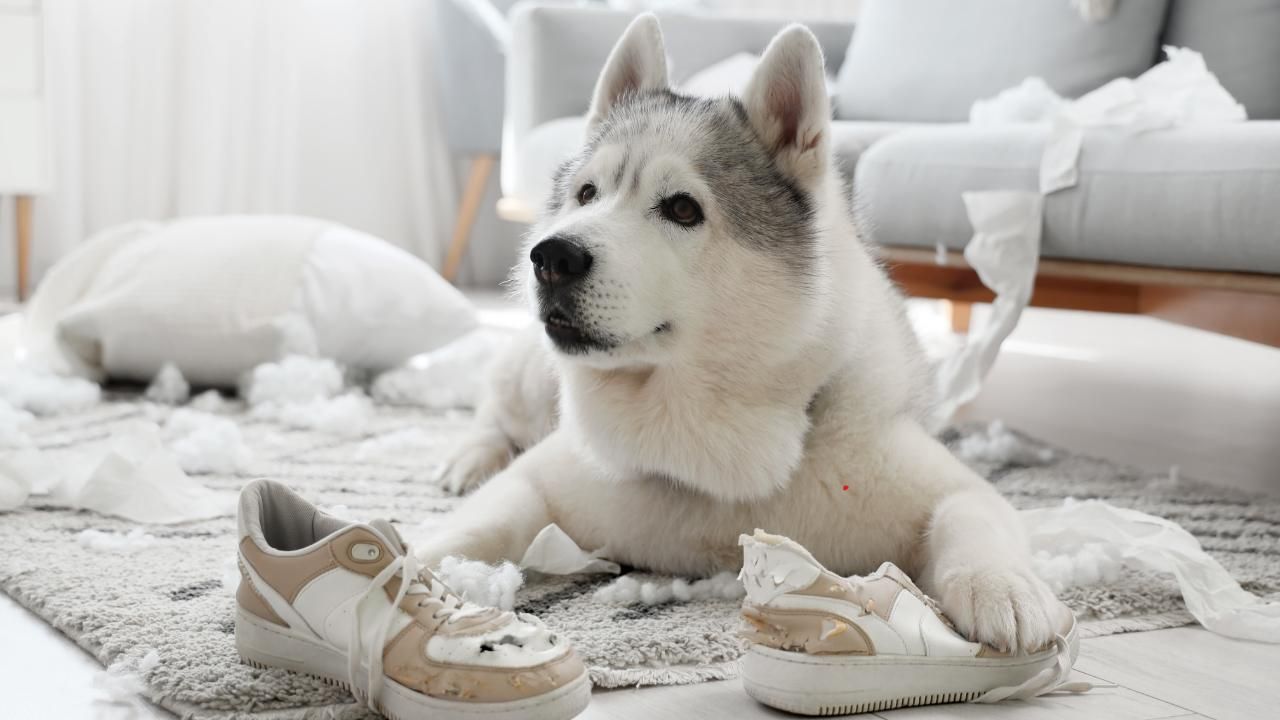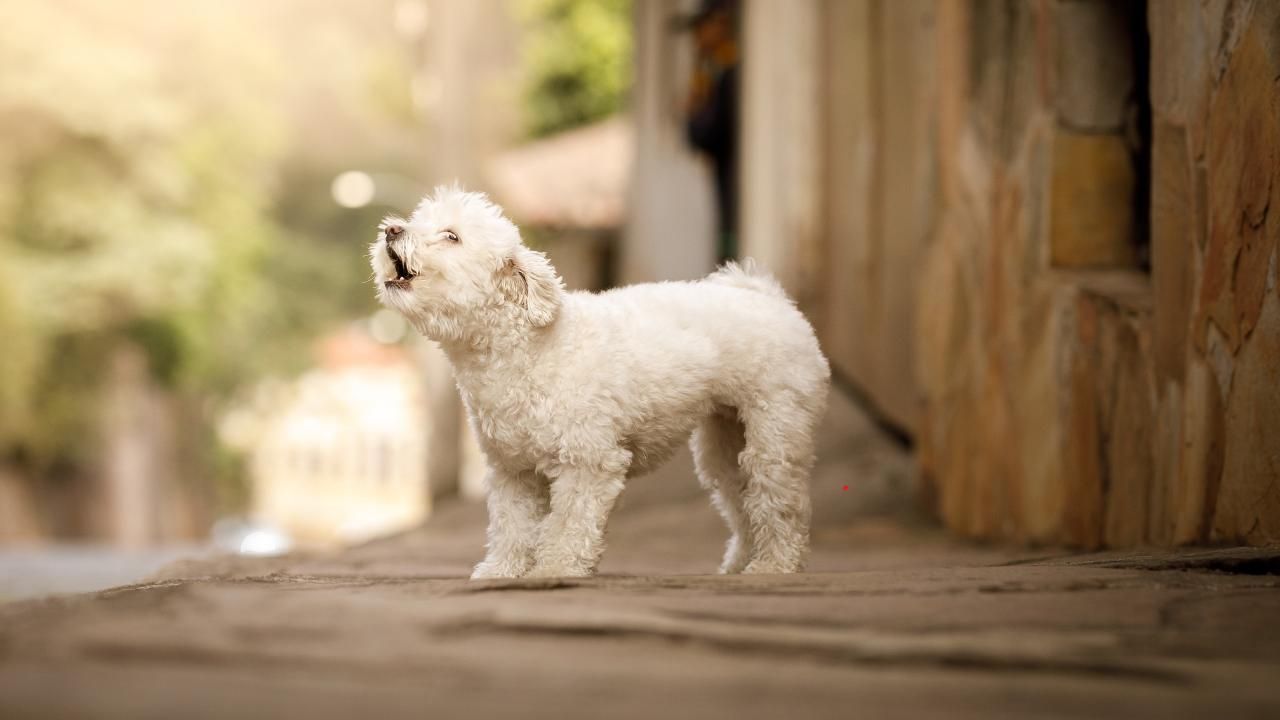Socialization Secrets: Raising a Confident and Friendly Pup
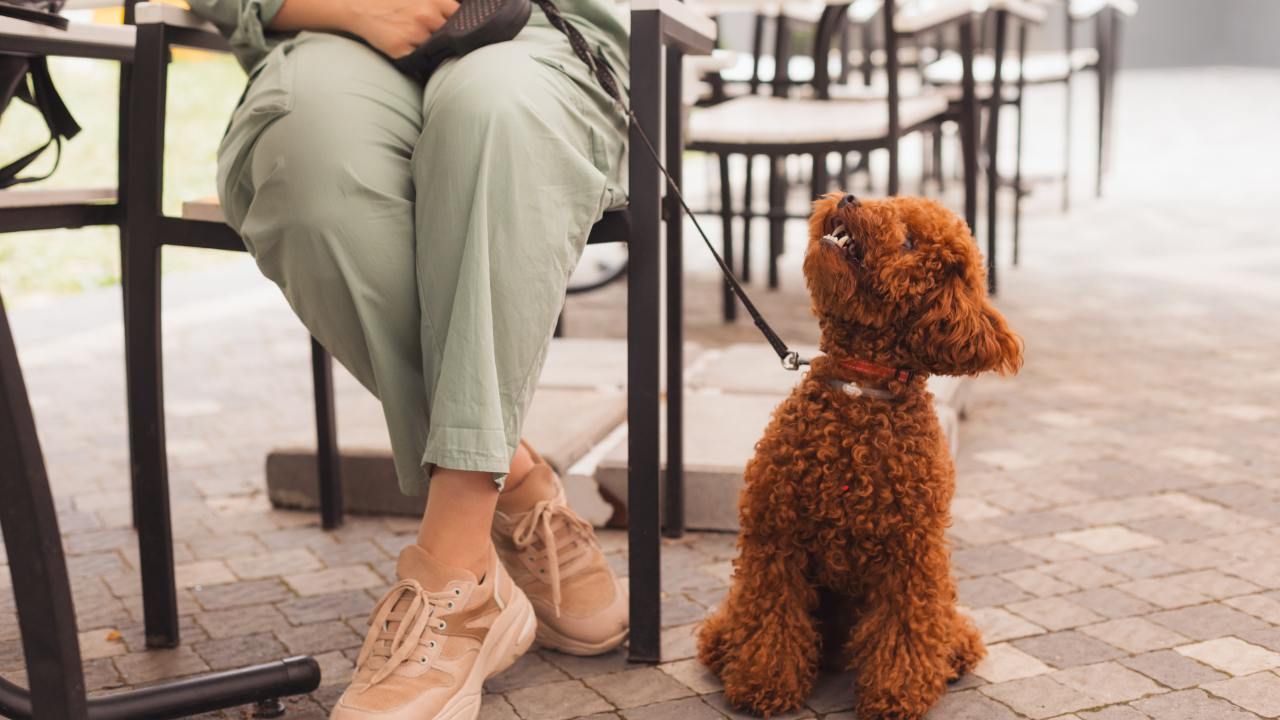
There’s nothing quite like bringing home a new puppy — all that energy, curiosity, and tail-wagging joy. But raising a happy, confident dog takes more than love and treats. Socialization, done right, is what helps your pup grow into a calm, friendly companion you can take anywhere with pride.
In this guide, we’ll uncover how to properly socialize your puppy, the best time to start, and common mistakes to avoid — plus, we’ll share a real-world example of how consistent exposure can transform even the shyest pup into a social butterfly.
Why Early Socialization Matters
The first few months of your puppy’s life shape their entire personality. During this “socialization window” — typically between 3 to 14 weeks — your dog’s brain is like a sponge, eagerly absorbing new experiences. This is when they learn what’s safe, what’s scary, and how to respond to the world around them.
If you’re searching for Bernedoodles puppies for sale in Phoenix AZ, you’ll want to find a responsible dog breeder like Doodling Pups, LLC, where puppies are gently introduced to sights, sounds, and people before they even go home. Early exposure in a nurturing environment helps them grow into adaptable, friendly adults.
Step 1: Start at Home
Socialization begins the moment your puppy enters your home. Before venturing outdoors, start small:
- Household sounds: Expose your pup to vacuum cleaners, doorbells, and blenders.
- Handling exercises: Touch their paws, ears, and tail gently to get them used to human contact.
- New surfaces: Let them walk on carpet, tile, and grass to build confidence in different settings.
The goal isn’t to overwhelm — it’s to show them that the world is full of safe, interesting things. Keep each introduction short and positive, using praise or small treats to reinforce calm behavior.
Step 2: Introduce the Outside World
Once your puppy is fully vaccinated (usually around 16 weeks), it’s time to expand their horizons. Take walks through quiet neighborhoods before visiting busier areas. Introduce them to friendly strangers, calm dogs, and new environments like pet-friendly stores or parks.
A few helpful tips:
- Keep a loose leash to prevent tension.
- Let your pup approach people or objects at their own pace.
- Reward curiosity — not fear.
Gradual exposure creates a balance between confidence and caution, helping your dog trust new experiences without anxiety.
Step 3: Enroll in Puppy Classes
Puppy training classes are a fantastic way to combine socialization and obedience. Under a trainer’s guidance, your dog will learn to interact appropriately with other pups while mastering commands like “sit” and “stay.”
Classes also teach you how to read your dog’s body language — an essential skill for maintaining calm and preventing aggression or fear responses. Look for classes that emphasize positive reinforcement and small group sizes.
Step 4: Keep It Going
Socialization doesn’t end after puppyhood. Continue introducing your dog to new situations throughout life — hiking trails, car rides, or even family gatherings. Regularly meeting new people and dogs keeps them adaptable and reduces the risk of future behavioral issues.
Case Study: From Shy to Social
Take Luna, a timid Bernedoodle who would hide under furniture at the sound of the doorbell. Her owner began a slow desensitization plan: playing recorded doorbell sounds at low volume, pairing it with treats, and inviting calm guests over. Within six weeks, Luna was greeting visitors at the door with a wagging tail instead of trembling in fear. Her confidence grew — and so did her bond with her family.
Final Thoughts
Raising a confident, friendly pup isn’t about perfection — it’s about patience, consistency, and creating positive experiences. The more your dog learns that the world is safe and fun, the easier life becomes for both of you.
So start early, go slow, and celebrate every small victory along the way.
Ready to start your journey with a well-socialized companion? Get in touch with a breeder who prioritizes early exposure and gentle care — it’s the best first step toward raising a confident, happy dog.

